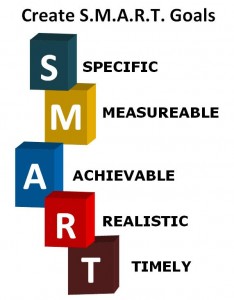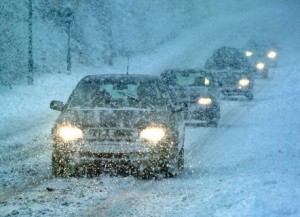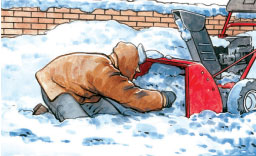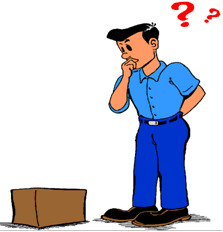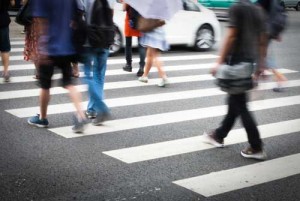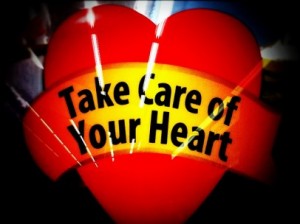 In consultation with your doctor, you should establish and understand the following targets for shooting down heart disease. The numbers are important, but they will be much more useful if you understand the reasoning behind them. General targets are:
In consultation with your doctor, you should establish and understand the following targets for shooting down heart disease. The numbers are important, but they will be much more useful if you understand the reasoning behind them. General targets are:
• Blood pressure of 120/80
• Total cholesterol count under 150
• HDL cholesterol should be greater than 45
• LDL cholesterol should be less than 70
• The particle number for LDL should be less than 1,000
• LDL should be described as “Pattern A,” meaning your LDL cholesterol particles are large and buoyant
• Triglyceride count less than 150
• A fasting glucose, serum (sugar) count between 65 and 99
• Body mass index (BMI), the percentage of body weight that comes from fat, should be under 25
• Thyroid, C-reactive protein, and homocysteine all within the normal range

